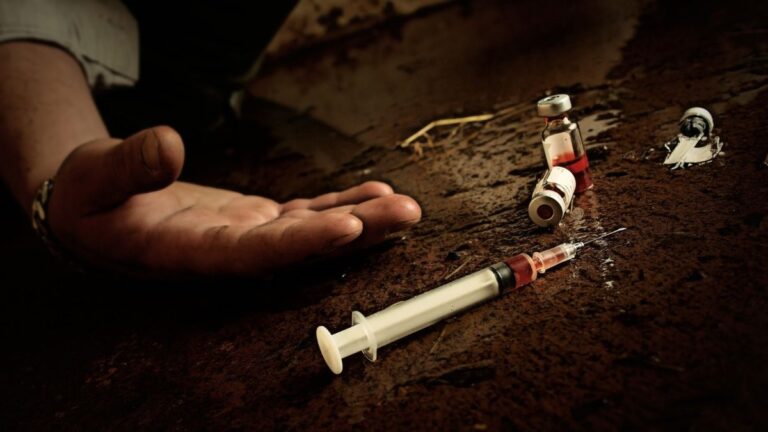The Role of Infection Control in OSHA Training for Dental Offices
OSHA training is essential for dental offices to ensure workplace safety. It helps staff understand how to handle hazards and compliance with regulations. This training covers a range of topics, from handling sharp instruments to managing infection control.
Dental offices must comply with OSHA standards to protect both staff and patients. Training includes learning about proper waste disposal and emergency plans. In this blog, we will explore the role of infection control in OSHA training for dental offices.
Standard Precautions and Personal Protective Equipment (PPE)
Standard precautions are the first step in infection prevention. These are rules everyone follows to stop germs from spreading. PPE is a vital part of standard precautions and includes gloves, masks, gowns, and eye protection.
Personal Protective Equipment (PPE) keeps dental staff safe. PPE includes items like masks, gowns, and eye protectors. These items stop germs from reaching the skin and clothes.
Using PPE is important in dental offices. It stops the spread of infections. Following these steps keeps both workers and patients safe.
Hand Hygiene Practices
Hand hygiene practices are very important in dental offices. They help stop the spread of germs and keep everyone safe. Employee training teaches staff the right way to wash their hands.
Hands should be washed with soap and water for at least 20 seconds. If hands are not dirty, an alcohol-based hand rub can be used. Training also covers when to wash hands, like before and after treating a patient.
Clean hands protect both staff and patients from infections. This is why good hand hygiene is part of every dental office routine. Through proper employee training, workers can learn these important steps and keep everyone healthy.
Sterilization and Disinfection Protocols
Sterilization and disinfection protocols are key in dental offices. They ensure all tools and surfaces are free from germs. This is crucial to workplace safety and protects everyone.
First, tools must be cleaned before they are sterilized. Sterilization means all living germs are killed. This can be done using heat or chemicals.
Disinfection is also very important. It reduces germs on surfaces like counters and chairs. Using the right products can keep the workplace safe for patients and staff.
Managing Sharp and Needlestick Injuries
Managing sharp and needlestick injuries is critical in dental offices. OSHA training for dental offices teaches staff how to handle sharp tools safely. Proper disposal and handling techniques prevent injuries and infections.
When a needlestick injury occurs, immediate action is required. The affected area should be washed with soap and water right away. Reporting an injury is essential for proper medical evaluation and follow-up.
OSHA training ensures that employees know the correct steps to take. This training covers guidelines to reduce risks associated with sharps. By following these rules, dental offices can maintain a safer environment for everyone.
Waste Management and Disposal
Proper waste management and disposal are crucial in dental offices to ensure occupational health. Staff must separate regular waste from biomedical waste. This helps keep harmful substances away from people.
Biomedical waste includes items like used needles and contaminated gauze. These must be thrown away in special containers. This reduces the risk of infections and injuries.
OSHA training teaches dental staff how to handle and throw away waste correctly. Understanding these rules is vital for keeping a safe workplace. Proper waste management protects both workers and patients.
Respiratory Hygiene and Respiratory Etiquette
Respiratory hygiene and respiratory etiquette are important in dental offices. Staff should cover their mouth and nose with a tissue when coughing or sneezing. If a tissue is not available, they should use their elbow to cover the spread of germs.
After coughing or sneezing, tissues should be thrown away immediately. Staff must wash their hands or use hand sanitizer afterward. These actions help keep the office clean and safe for everyone.
OSHA training covers these important practices to prevent the spread of infections. By practicing respiratory hygiene and cough etiquette, dental offices can maintain a healthy workplace for all.
Emergency Response and Post-Exposure Protocols
Emergency response and post-exposure protocols are crucial in dental offices. Online OSHA training teaches staff how to respond to emergencies like chemical spills or injuries. Quick action can help prevent further harm and contain the situation swiftly.
After an exposure event, such as a needlestick injury, there are specific steps to follow. First, wash the affected area with soap and water. OSHA training ensures employees know the proper procedures for reporting and seeking medical evaluation.
Clear protocols help maintain a safe workplace. They minimize the risk of infection and ensure staff safety. Adequate OSHA training prepares dental staff to handle emergencies effectively.
Bloodborne Pathogen Training
Bloodborne pathogen training is a critical component of OSHA training for dental offices. This type of training covers how to handle and protect against bloodborne diseases like HIV, Hepatitis B, and Hepatitis C.
Dental staff must know how to handle these situations safely. They should always assume that all patients have potentially infectious blood. This mindset helps prevent accidents and increases workplace safety.
Training also covers how to properly clean and disinfect contaminated surfaces. This prevents the spread of germs and keeps everyone safe.
Safety Drills and Mock Scenarios
Safety drills and mock scenarios are vital for dental offices. They help staff practice how to respond in real emergencies. Regular drills ensure everyone knows their role and can act quickly.
During a drill, employees might simulate a fire or chemical spill scenario. This allows them to practice evacuation routes and safety procedures. These drills can highlight any problems in the emergency plan.
Mock scenarios also play a big role in training. They provide hands-on experience with potential threats.
Critical Role of OSHA Training for Dental Offices
OSHA training for dental offices is very important. It teaches staff how to stay safe and follow the rules. This training protects both workers and patients.
Dental offices must follow OSHA guidelines. They learn about infection control, waste management, and emergency response. These lessons help create a safer place to work.
Good training leads to a healthy workplace. OSHA training for dental offices prepares staff for any situation. This ensures everyone knows how to handle hazards correctly.
If you find this article helpful, check out our blog for more informative content.







